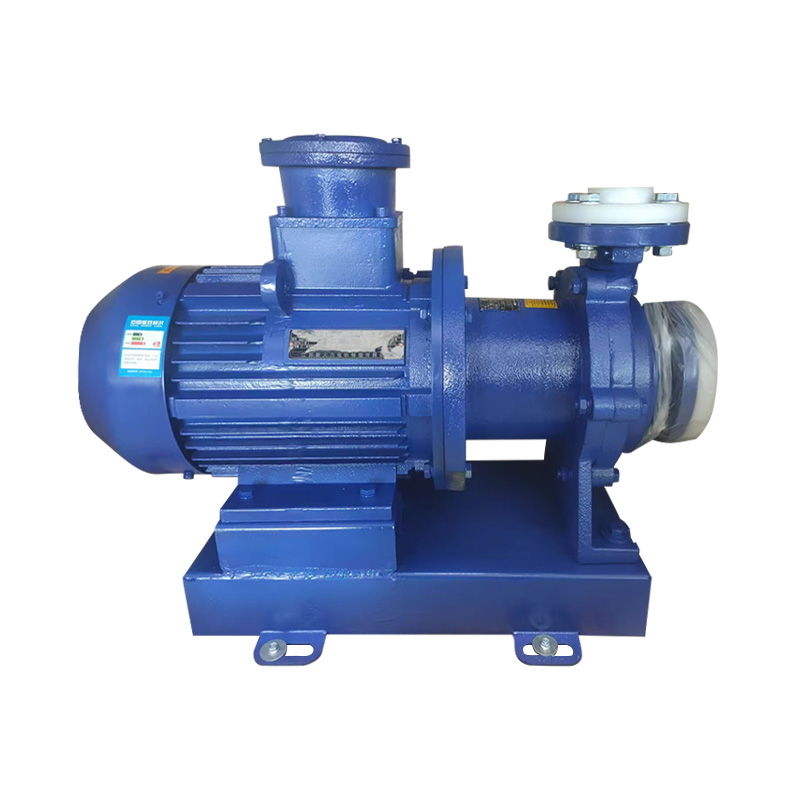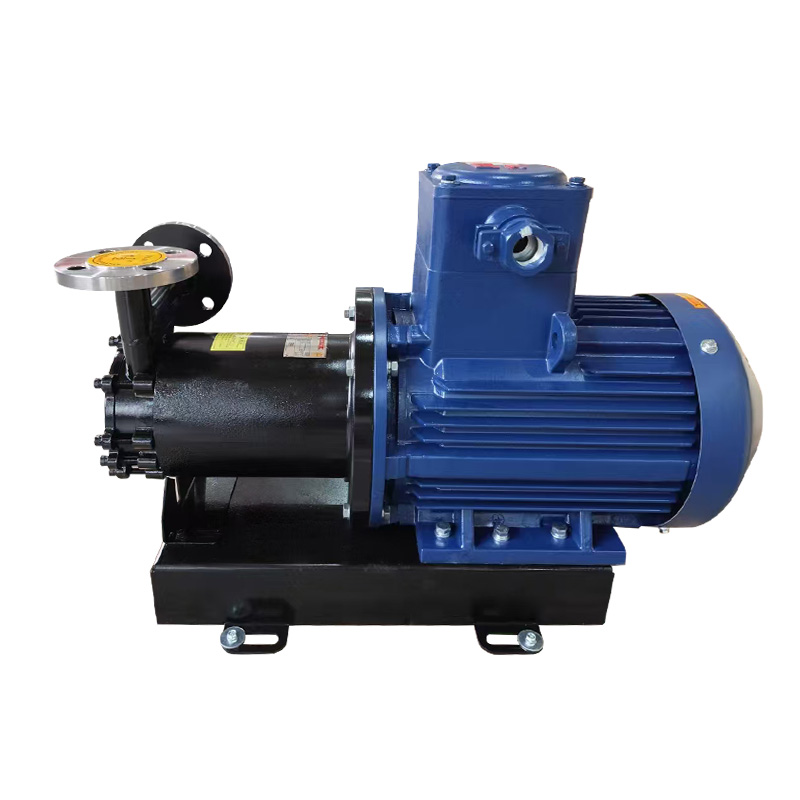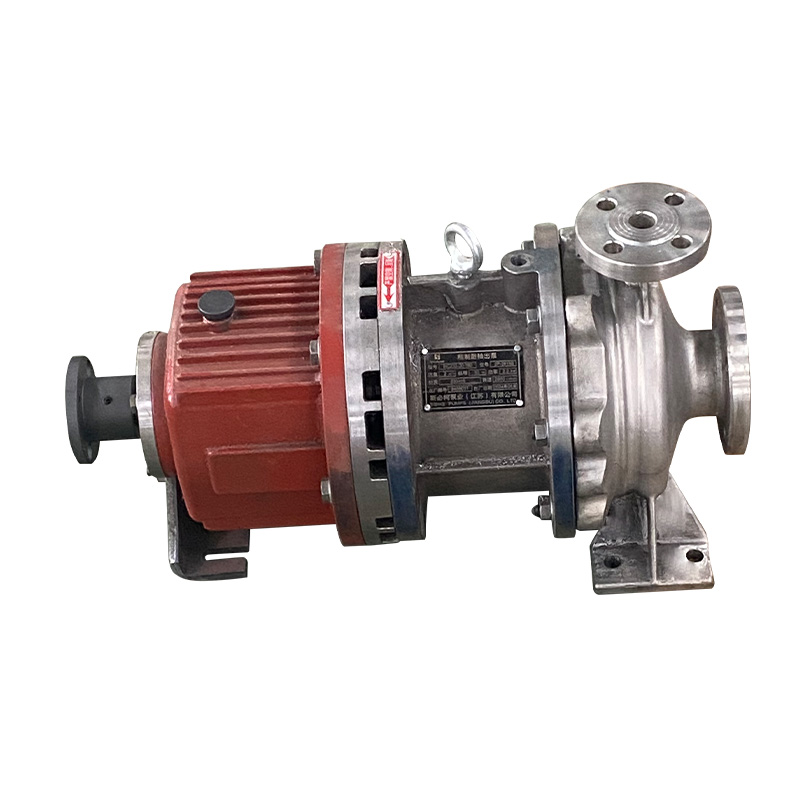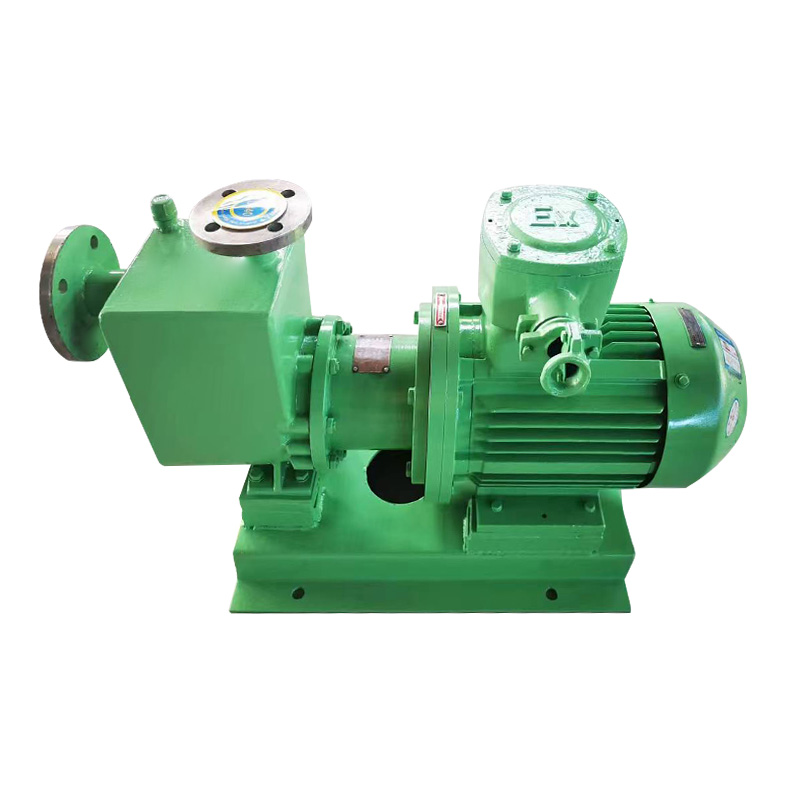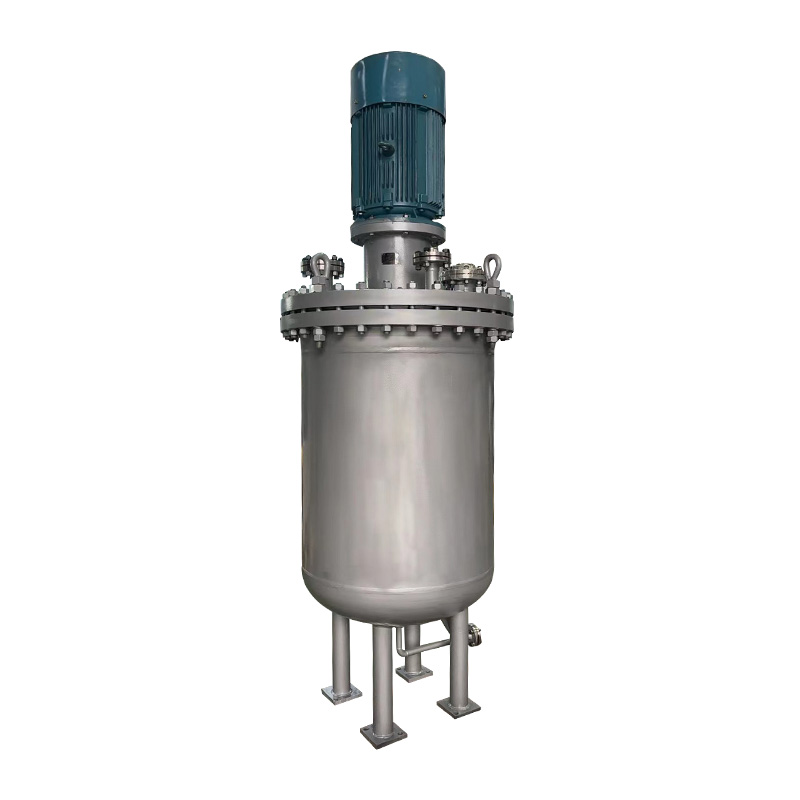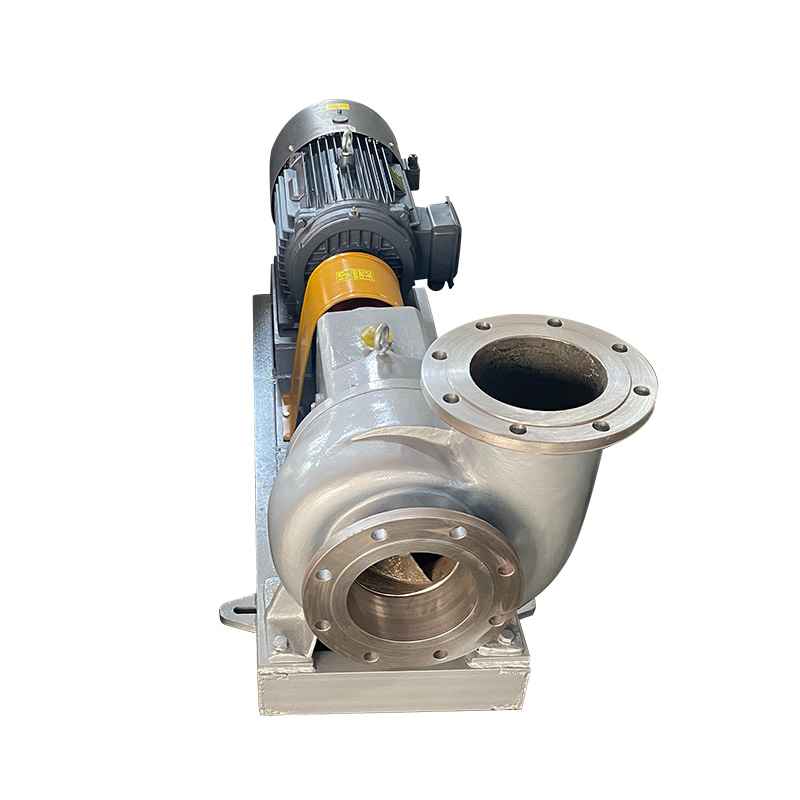In the field of modern industrial fluid conveyance, traditional centrifugal pumps often struggle to meet the special demands of large flow rates and low heads. Their operational efficiency drops sharply under high-flow conditions, and their bulky size and high energy consumption make them difficult to comply with increasingly strict energy-saving and emission-reduction requirements. Against this backdrop, a device called the FJX axial flow pump has emerged, gradually becoming a star product in fluid conveyance with its unique structure and outstanding performance.
The uniqueness of this pump lies in its working principle: instead of lifting fluids through centrifugal force, it uses a rotating impeller to generate axial thrust, pushing fluids from the suction port to the discharge port—similar to a large propeller propelling through water. This working method enables it to exhibit remarkable efficiency when handling large volumes of liquid while maintaining a compact structure and low energy consumption, providing an ideal solution for numerous industrial applications. From chemical production to urban water conservancy and mariculture, the FJX axial flow pump is driving every pulse of modern industry with its powerful momentum.
Selection Guide: How to Choose the Right FJX Vertical Axial Flow Pump for Your Project?
Selecting a suitable FJX vertical axial flow pump for a specific project is not a simple matter of specification matching but a rigorous process requiring comprehensive consideration of multiple factors.
-
Flow rate and head: These are the core parameters. You need to accurately calculate the required liquid conveyance volume (flow rate) and the height difference and pipeline resistance to be overcome (head). The FJX axial flow pump excels in handling large flow rates and low heads; if your project requires a high head, other types of pumps may be more appropriate, as the FJX’s performance advantages would not be fully utilized.
-
Medium characteristics: Clarify whether the conveyed liquid is clean water, slurry containing particles, or corrosive chemicals. For different media, the pump’s material, sealing method, and impeller design must be adjusted accordingly. For example, stainless steel or special alloys are needed for corrosive media; wear-resistant impeller designs are required for particle-containing slurries.
-
Installation method: FJX axial flow pumps are typically installed vertically, but the specific installation depth and pump pit size must match the equipment parameters.
-
Energy efficiency ratio: A high-efficiency pump not only reduces operating costs but also aligns with current green development concepts.
By comprehensively analyzing these parameters, you can ensure that the selected FJX vertical axial flow pump serves your project efficiently, stably, and long-term.
In-Depth Analysis: Working Principle and Technical Essence of FJX Chemical Axial Flow Pumps
The reason why FJX chemical axial flow pumps occupy a position in chemical fluid conveyance lies in their unique and efficient working principle, with technical essence embodied in their core components: the impeller and guide vane.
When the motor drives the impeller to rotate at high speed, the impeller blades—like aircraft propellers—generate a forward axial thrust on the fluid. The fluid is forced to move forward along the pump axis under the impeller’s push. During this process, the blades do work on the fluid, increasing both its pressure and kinetic energy. After leaving the impeller, the fluid enters the guide vane. The guide vane plays a crucial role: it eliminates the rotational motion of the fluid at the impeller outlet, converting the fluid’s kinetic energy into effective static pressure energy, allowing the fluid to flow out of the pump body in a stable, non-swirl state—greatly improving the pump’s overall efficiency.
Unlike centrifugal pumps that “throw” fluid outward via centrifugal force, the FJX axial flow pump’s axial propulsion method results in a shorter, lower-resistance flow path for the fluid inside the pump. Its efficiency advantage is particularly evident under large-flow conditions. This seemingly simple yet technically intelligent design allows FJX axial flow pumps to demonstrate unparalleled performance in chemical production, crystallization, evaporation, and other scenarios requiring large-scale fluid circulation.
Key Applications: Value of FJX Forced Circulation Pumps in Crystallization and Evaporation Processes
In chemical processes like crystallization and evaporation, which require precise control of process conditions, forced fluid circulation is key to ensuring efficiency and product quality. The FJX forced circulation pump is an indispensable core device in this link.
-
Crystallizers: To prevent crystals from scaling on equipment walls or clogging pipelines, the slurry containing crystals must be continuously and rapidly circulated. FJX axial flow pumps can extract slurry from the bottom of the crystallizer at a large flow rate and return it to the top, ensuring uniform temperature, concentration, and crystal distribution throughout the vessel. This forced circulation not only accelerates crystallization but also effectively controls crystal particle size, producing higher-quality products.
-
Evaporators: The FJX forced circulation pump plays an equally critical role here. It draws the liquid to be concentrated from the bottom of the evaporator and forces it through heating tubes for rapid heating and evaporation. This forced circulation significantly improves heat transfer efficiency, shortens concentration time, and reduces energy consumption.
Thanks to its excellent performance in handling high-viscosity, high-solid-content slurries, the FJX axial flow pump operates stably and reliably under these harsh conditions, becoming an indispensable power source in modern crystallization and evaporation processes.
Practical Cases: Wide Application Scenarios of Large-Flow, Low-Head Axial Flow Pumps
As an efficient large-flow, low-head axial flow pump, the FJX axial flow pump’s applications extend far beyond the chemical industry.
-
Urban water conservancy: Widely used in flood control and drainage, reservoir water transfer, and other projects. During heavy rains, FJX axial flow pumps can start quickly, draining stagnant water at a large flow rate to effectively reduce the threat of urban waterlogging. In reservoir water transfer projects, they transport large volumes of water from one area to another with low energy consumption, ensuring urban water supply security.
-
Mariculture: Valued for providing stable, large-flow water flow, it is widely used in seawater circulation and water exchange in aquaculture ponds. This maintains water cleanliness and oxygen levels, creating a better growth environment for aquatic animals like fish and shrimp.
-
Wastewater treatment plants: Often used in sludge recirculation and other links to ensure efficient and smooth operation of every step in wastewater treatment.
These diverse application scenarios fully demonstrate the versatility and reliability of FJX axial flow pumps, making them a universal solution for large-flow fluid conveyance problems.
Maintenance and Operation: Keys to Ensuring Long-Term Stable Operation of FJX Axial Flow Pumps
Ensuring long-term stable operation of FJX axial flow pumps requires a scientific maintenance and operation management system.
-
Daily operation: Strictly follow operating procedures for starting and stopping the pump; avoid operation under abnormal conditions (e.g., prolonged operation with excessively small or large flow rates), which may damage the impeller and bearings.
-
Regular inspection and maintenance: Periodically check pump seals to ensure no leakage; inspect bearing lubrication and add or replace lubricating oil timely; check motor and power connections to ensure the electrical system is safe and reliable.
-
Vibration and noise monitoring: Abnormal vibration or noise is often an early warning of equipment problems. Immediate shutdown and inspection are required to troubleshoot issues such as impeller wear, imbalance, or bearing damage.
By establishing detailed maintenance records and integrating fault early warning systems, the reliability and service life of the equipment can be significantly improved, ensuring that FJX axial flow pumps provide powerful momentum for your production and engineering projects stably over the long term.



 English
English русский
русский Español
Español